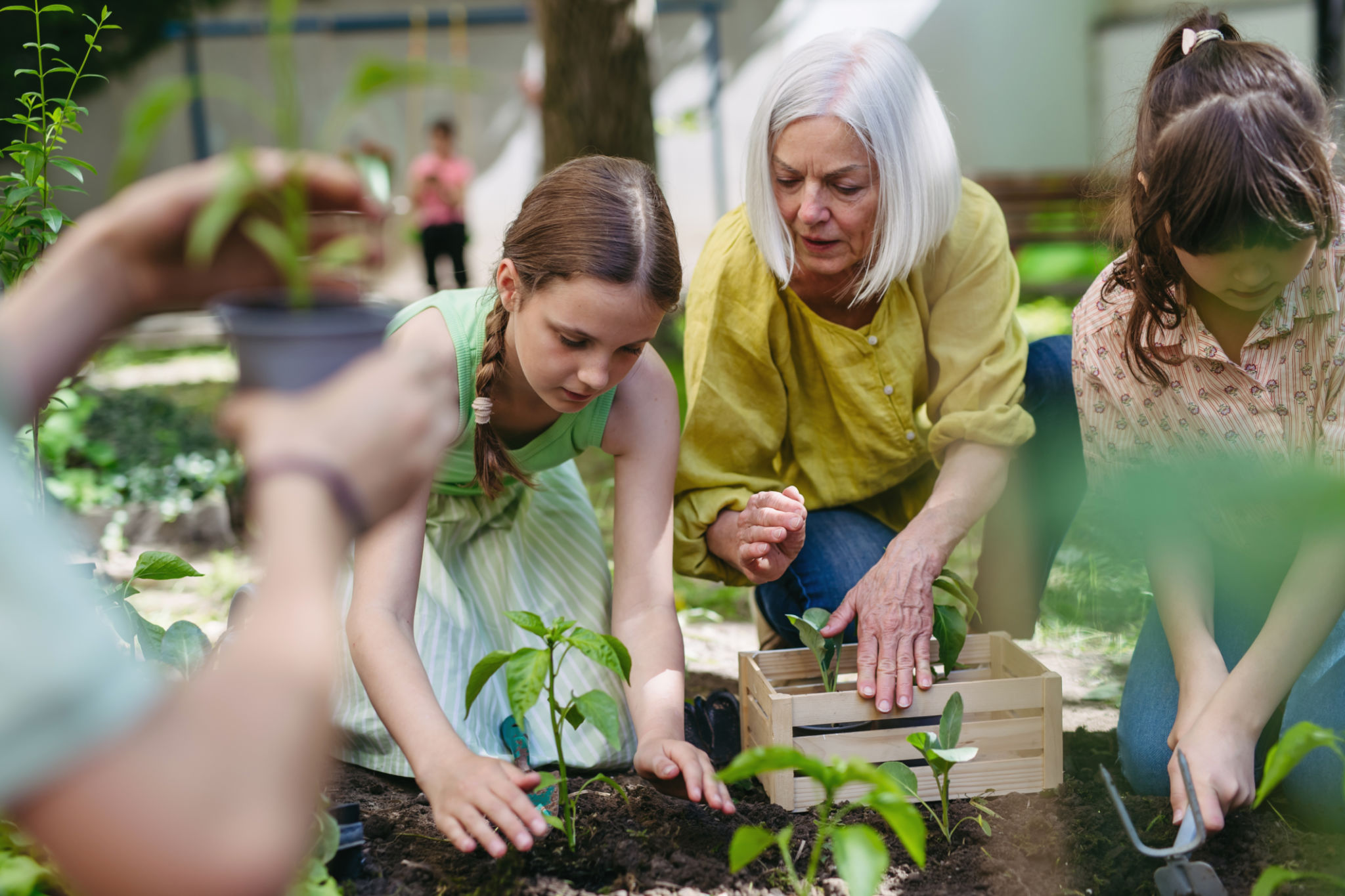Top Success Stories: Empowering Communities with Bioswale MicroGrants
Introduction to Bioswale MicroGrants
In recent years, environmental sustainability has become a vital focus for communities worldwide. One of the innovative approaches to tackling local environmental challenges is the implementation of bioswales. These landscape elements are designed to concentrate and remove debris and pollution from surface runoff water. To support this initiative, Bioswale MicroGrants have been introduced to empower communities, helping them create greener, more sustainable environments.
Bioswale MicroGrants provide financial support to local groups and individuals who are committed to improving their neighborhoods through environmentally-friendly practices. These grants are a testament to the power of grassroots efforts in driving significant change. By offering these resources, communities can implement bioswales effectively, leading to improved water quality and enhanced green spaces.

Success Story: Revitalizing Urban Areas
One of the standout success stories comes from an urban neighborhood that was once plagued with flooding and pollution issues. With the help of a Bioswale MicroGrant, residents organized a community project to install bioswales along their streets. This initiative not only mitigated the flooding issues but also transformed the area into a thriving green space.
The project brought together residents, local businesses, and environmental experts who collaborated on design and implementation. The results were remarkable; not only did the bioswales effectively manage stormwater runoff, but they also provided a habitat for local wildlife, enhancing biodiversity in the urban setting.

Empowering Educational Institutions
Another inspiring example is from an elementary school that applied for a Bioswale MicroGrant to integrate environmental education into their curriculum. The school used the funds to create a hands-on learning environment where students could engage with the bioswale installation process.
This practical approach to learning encouraged students to understand the importance of sustainability and environmental stewardship. It also fostered a sense of responsibility among young learners, empowering them to be proactive in conserving their environment. The success of this project highlights the potential for educational institutions to play a pivotal role in community sustainability efforts.

Local Government Partnerships
In some regions, local governments have partnered with community groups to maximize the impact of Bioswale MicroGrants. These partnerships have proven effective in aligning local policies with community needs, ensuring that projects receive the necessary support and recognition.
One such partnership saw the implementation of several bioswales in public parks and along roadways. This collaborative effort not only improved water management but also enhanced public spaces, making them more attractive and enjoyable for residents. The project demonstrated how government support can amplify community-driven initiatives, leading to sustainable urban development.

Conclusion: The Power of Collective Action
The success stories resulting from Bioswale MicroGrants underscore the importance of collective action in driving environmental change. These initiatives have empowered communities, providing them with the resources and knowledge needed to make a lasting impact.
As more communities adopt bioswales, it's clear that these small-scale interventions can lead to significant improvements in urban environments. They not only address immediate environmental challenges but also foster a sense of community pride and collaboration. Ultimately, Bioswale MicroGrants are a powerful tool for empowering communities and promoting sustainable development.